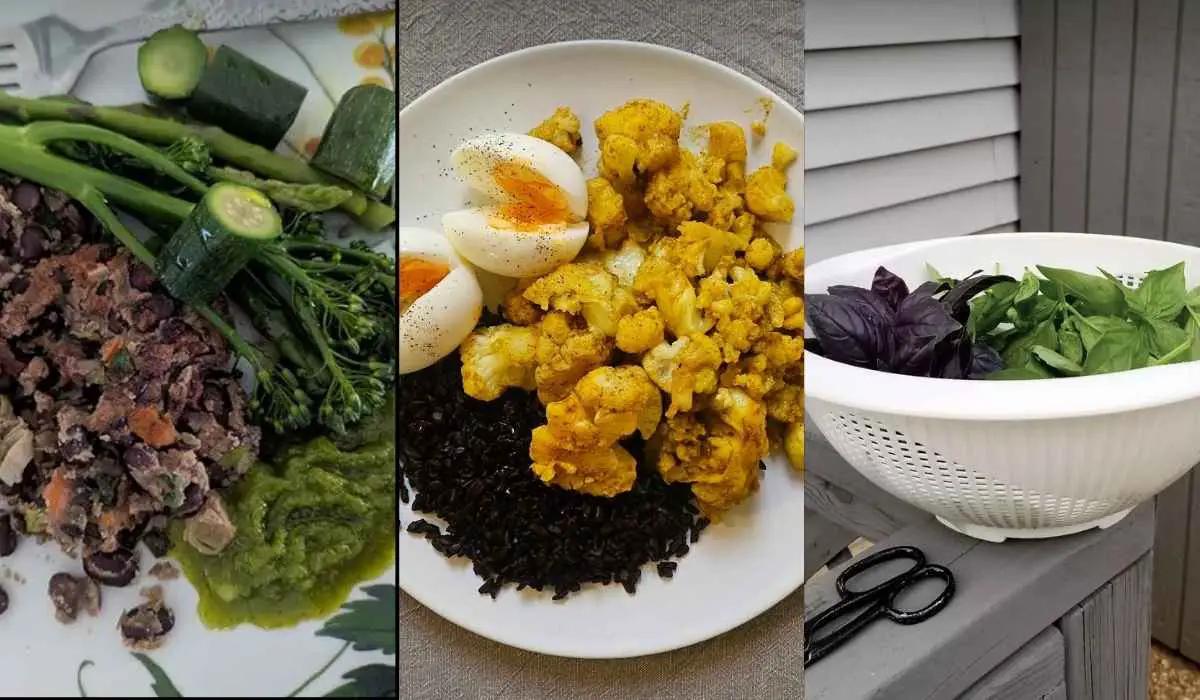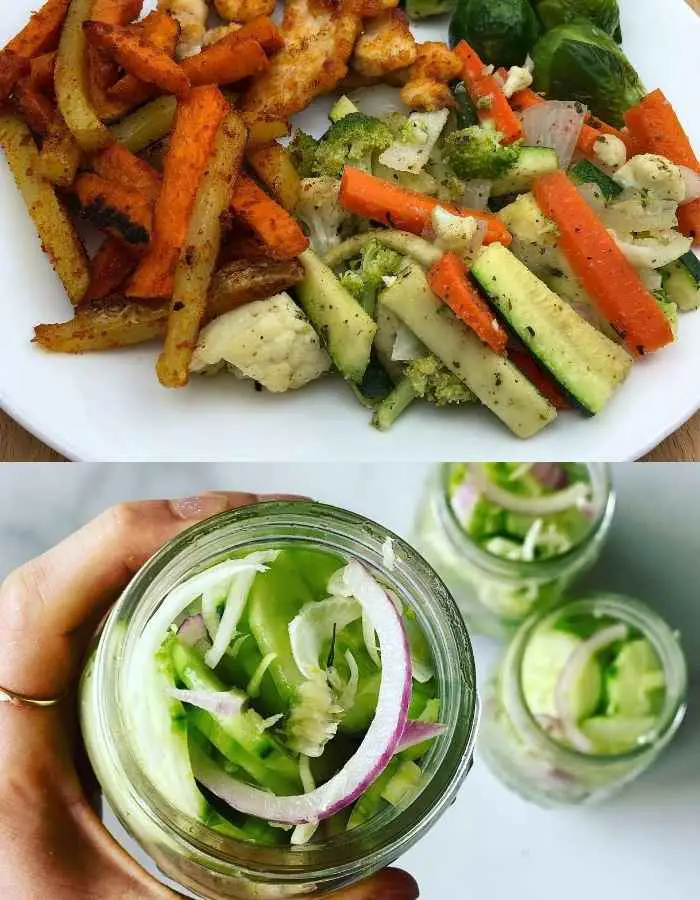If you struggle with histamine intolerance or sensitivities, choosing the right foods can make all the difference in managing symptoms and feeling your best.
This guide breaks down a comprehensive Low Histamine Foods List to help you plan meals that are both delicious and gentle on your system—so you can enjoy eating without the worry.
What Is Histamine and Why Does It Matter?
Histamine is a natural chemical found in the body that plays several important roles, including regulating immune responses, aiding digestion, and acting as a neurotransmitter in the brain. However, when histamine levels become too high or the body struggles to break it down efficiently, it can trigger a range of uncomfortable symptoms—this condition is known as histamine intolerance.
For those with histamine intolerance, consuming foods high in histamine or that promote its release can lead to reactions like headaches, hives, digestive issues, nasal congestion, and fatigue. Understanding histamine and managing its levels through diet is crucial for maintaining comfort and overall well-being.
Foods to Avoid: High Histamine Culprits:
If you’re sensitive to histamine, steering clear of certain foods can help prevent uncomfortable reactions. Many common foods either contain high levels of histamine or trigger its release in the body, making them important to avoid or limit.
Common High Histamine Foods to Avoid:
-
Aged cheeses (like cheddar, parmesan, and blue cheese)
-
Fermented foods and drinks (sauerkraut, kimchi, soy sauce, vinegar)
-
Processed and cured meats (salami, ham, sausages)
-
Alcoholic beverages (especially red wine, beer, and champagne)
-
Certain fish and seafood (especially canned, smoked, or aged varieties)
-
Tomatoes, spinach, and eggplant
-
Vinegar-containing foods and condiments
-
Dried fruits (apricots, raisins, dates)
-
Nuts such as walnuts, cashews, and peanuts
-
Chocolate and caffeinated beverages
Comprehensive Low Histamine Foods List:
Eating low histamine doesn’t mean giving up variety or flavor. Here’s a broad list of fresh, wholesome foods that are generally safe and gentle for those managing histamine intolerance.
Fresh Vegetables
-
Zucchini
-
Carrots
-
Cucumber
-
Lettuce and leafy greens (except spinach)
-
Sweet potatoes
-
Broccoli
-
Cauliflower
-
Green beans
Fresh Fruits
-
Apples
-
Pears
-
Blueberries
-
Watermelon
-
Mango
-
Peaches
-
Melons (cantaloupe, honeydew)
-
Grapes
Proteins
-
Freshly cooked chicken and turkey (avoid leftovers)
-
Fresh fish (not canned, smoked, or aged; best consumed immediately)
-
Eggs
Grains & Legumes
-
White rice
-
Quinoa
-
Gluten-free oats
-
Millet
-
Chickpeas (in moderation, as they can vary)
Dairy Alternatives
-
Coconut milk
-
Rice milk
-
Almond milk (if tolerated)
Herbs & Spices
-
Fresh herbs like basil, parsley, thyme, and cilantro
-
Avoid dried spices which can be higher in histamine
Oils & Fats
-
Olive oil
-
Coconut oil
-
Avocado oil
Extras
-
Herbal teas (chamomile, ginger, peppermint)
-
Honey (in moderation)
Meal Ideas:
Eating low histamine doesn’t mean boring meals—there are plenty of delicious and simple dishes you can enjoy while keeping symptoms at bay. Here are some easy meal ideas for every part of your day using low histamine ingredients.
1. Breakfast
-
Oatmeal with Fresh Pears and Honey
Cook gluten-free oats with water or coconut milk, then top with sliced pears and a drizzle of honey. -
Smoothie Bowl
Blend fresh mango, blueberries, and coconut milk; top with sliced apples and a sprinkle of chia seeds.
2. Lunch
-
Grilled Chicken Salad
Freshly grilled chicken breast served over mixed lettuce, cucumber, and shredded carrots with olive oil and lemon dressing. -
Quinoa and Veggie Bowl
Cook quinoa and mix with steamed broccoli, zucchini, and fresh herbs like parsley and basil.
3. Dinner
-
Baked Fresh Fish with Sweet Potato and Green Beans
Season fish with fresh herbs and olive oil, bake alongside sweet potato wedges and steamed green beans. -
Stir-Fried Vegetables with Rice
Quick stir-fry zucchini, carrots, and cauliflower in coconut oil; serve over white rice.
4. Snacks
-
Fresh Fruit Salad
Combine melon, grapes, and blueberries for a refreshing snack. -
Carrot Sticks with Hummus (if chickpeas are tolerated)
Homemade hummus with olive oil and fresh lemon juice served with crunchy carrot sticks.
Tips for Managing:
Successfully managing histamine intolerance goes beyond just choosing the right foods — it’s about adopting habits that help keep symptoms under control and improve your overall well-being.
1. Prioritize Freshness
Histamine levels increase as foods age, so eat fresh foods whenever possible and avoid leftovers or anything stored for long periods.
2. Read Labels Carefully
Processed and packaged foods often contain hidden high-histamine ingredients like preservatives, vinegar, or fermented additives—always check ingredient lists.
3. Cook at Home When Possible
Preparing meals yourself allows full control over ingredients, ensuring you avoid unwanted histamine triggers.
4. Maintain a Food Diary
Track what you eat and any symptoms to identify personal triggers and patterns.
5. Manage Stress and Sleep
Stress and poor sleep can worsen histamine reactions; prioritize relaxation techniques and good sleep hygiene.
6. Consult a Healthcare Professional
Work with a dietitian or doctor familiar with histamine intolerance to create a personalized management plan.
Take away:
- Managing histamine intolerance through diet is a powerful way to reduce symptoms and improve quality of life.
- By focusing on fresh, Low Histamine Foods List and avoiding common triggers, you can enjoy a varied and nutritious diet while keeping discomfort at bay.
Read Next: 30 Travel Snacks Ideas
FAQs:
Q1: What exactly is histamine intolerance?
Histamine intolerance occurs when the body cannot break down histamine properly, leading to symptoms like headaches, rashes, and digestive issues after eating high histamine foods.
Q2: Can I cure histamine intolerance through diet?
While there’s no cure, managing your diet to avoid high histamine foods can significantly reduce symptoms.
Q3: Are all fermented foods bad for histamine intolerance?
Most fermented foods are high in histamine and should be avoided, but individual tolerance may vary.
Q4: How can I tell if a food is high or low in histamine?
Freshness is key—fresh, unprocessed foods tend to be low in histamine, while aged, fermented, or processed foods usually have higher levels.
Q5: Should I take supplements for histamine intolerance?
Some people benefit from supplements like DAO enzymes, but always consult with a healthcare professional before starting any.



